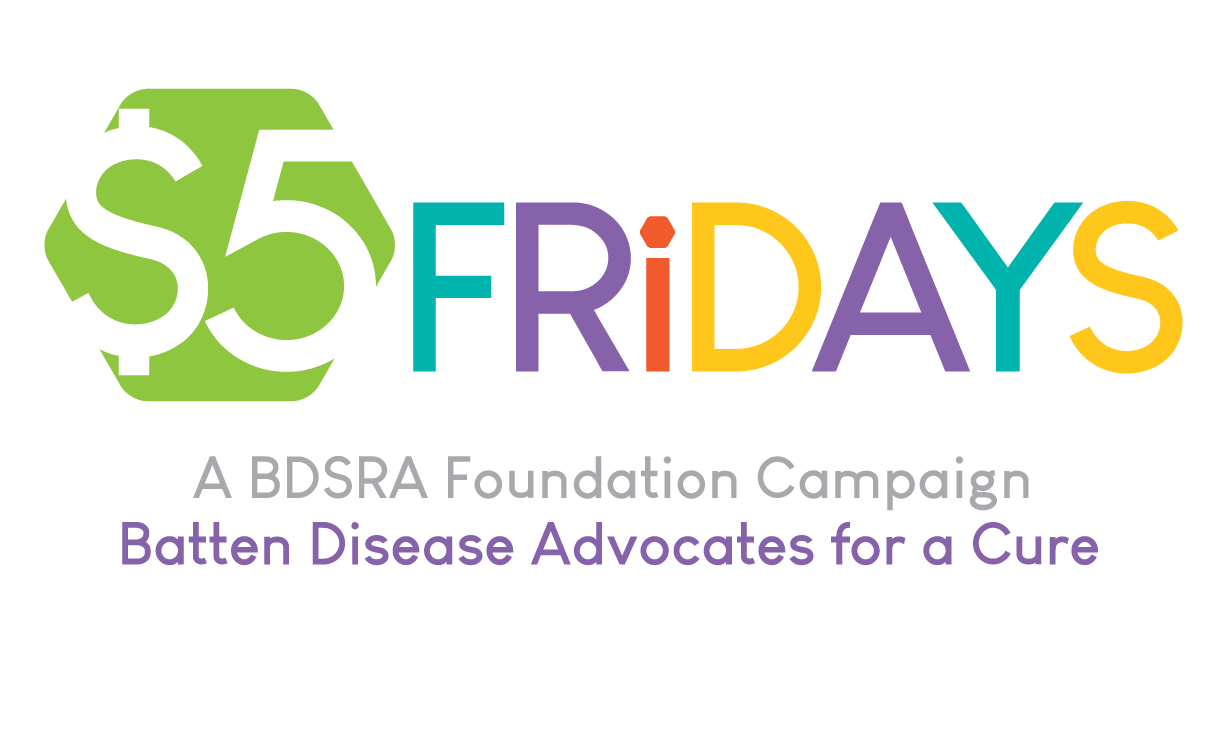In his own words, BDSRA Foundation Database Manager Noah Siedman breaks down his takeaways from the RARE Drug Development Symposium, hosted by Global Genes. You can also watch his video summary below.
What event did you attend and where did it take place?
I attended the RARE Drug Development Symposium hosted by Global Genes which took place this week in Philadelphia, PA (where I live!).
What new information did you learn, and how can that information help benefit/educate the Batten community?
The first day of the event was dedicated to talking about the role of patients and patient advocacy groups in setting the stage for drug development. That is to say early stages of research and moving into animal models. Most of the sessions were focused on how patient initiatives like Patient Registries and Natural History Studies were the most important things that we can have already in place to help bolster research and speed up drug development. One of the things that was discussed a lot was the idea of clinical endpoints, which is the scientific way of talking about how we measure the effects of a treatment. There are standardized endpoints that organizations like the FDA use, but in the case of many rare diseases, those fall short or aren’t the best metrics. Patient data and input can help researchers and eventually trial designers understand what the right ways to measure effectiveness might be in the context of our patients and community. I also learned that there is a lot of support and resources to help patient-led initiatives like a registry be built and maintained. The idea that the lived experience of our families is something that we can use to help advance the science as effectively as possible is a very exciting one! Furthermore, having all of these resources in place makes developing drugs in our disease space much more appealing for our industry partners. It means that we have already identified the patient population, collected meaningful data, and done the groundwork for designing good clinical trials which will have a greater chance of receiving FDA approval. I also learned about other preclinical work that we can invest in including biobanks, cell lines, animal models, and expanding newborn screening. All of which can help expedite research, drug development, and eventual enrollment of our patients in clinical trials!
The second day was focused more on the clinical trials themselves, and how patient groups can be stakeholders in these trials starting from the very beginning. We learned about different funding models, how both competition and collaboration serve to advance scientific development, and why the patient’s voice needs to be heard early and often. We learned about the value of patient perspective in trial design and how new regulations and technologies can help alleviate the burden on patients who are participating in trials. I also learned about the different steps in the process of drug development, from preclinical research to the regulatory processes before a drug can go to market.

The RARE Drug Development Symposium took place in Philadelphia, PA.
Who did you have conversations with? What was the primary theme of your conversations with fellow attendees?
I spoke with a number of our peers from other patient advocacy groups, the DESSH Foundation, MSL3 Syndrome Foundation, Smith-Kingsmore Syndrome Foundation & the CTNNB1 Foundation. I also had a chance to talk with the organizers and hosts of the symposium, Global Genes, and the partners who helped put on the event, as well as the Orphan Disease Center, Sanford Labs, BioMarin, and many other individual stakeholders in the rare disease space. After each main session, there were smaller, breakout sessions where attendees could talk with panelists and other experts about what we had learned earlier, ask questions, and support one another with our own experience. These sessions were incredibly helpful, collaborative, and a great way to expand on the knowledge of the larger sessions.
What were some of your other takeaways from this event?
I think that my biggest takeaway from the event was that there are so many ways to bring the patient perspective to the drug development process in a way that serves the patients. We can help guide trials and trial design, we can lay the foundation for effective research, build relationships with all different stakeholders, and our efforts will lead to faster, more effective treatments and cures for our loved ones.


